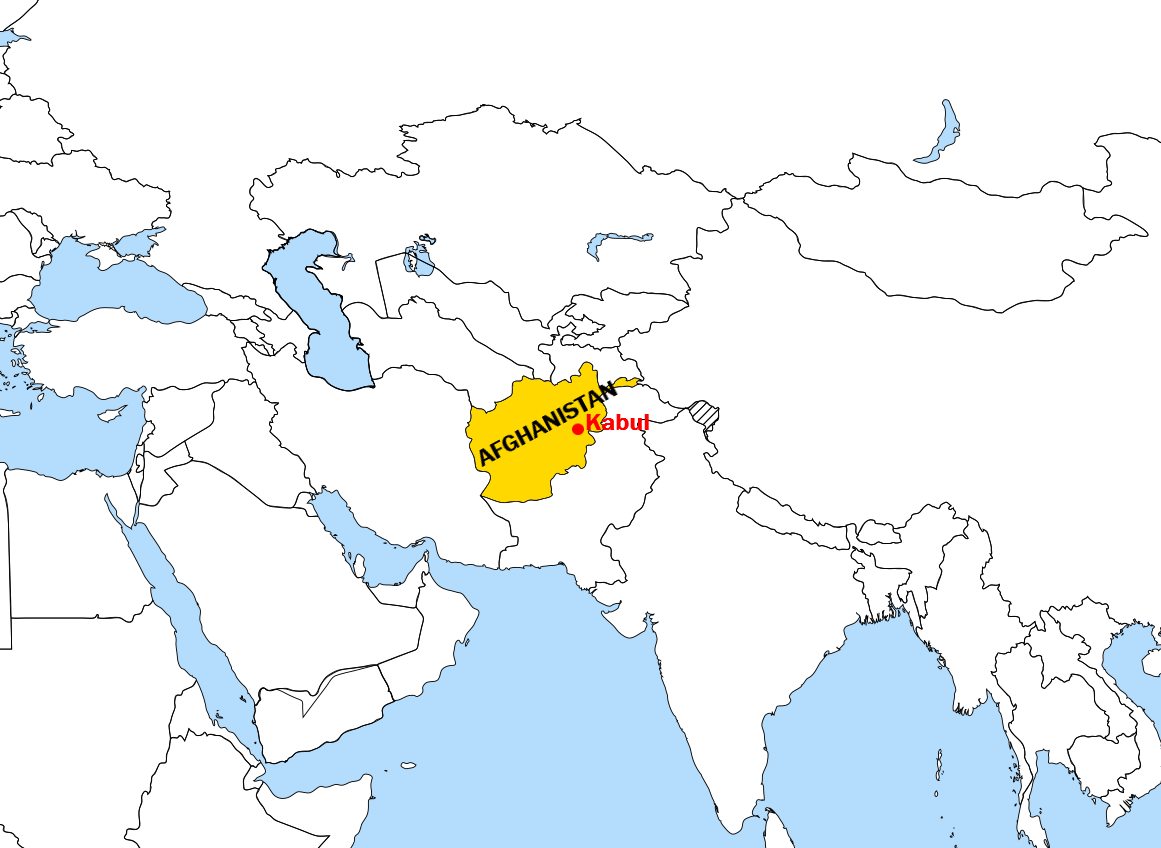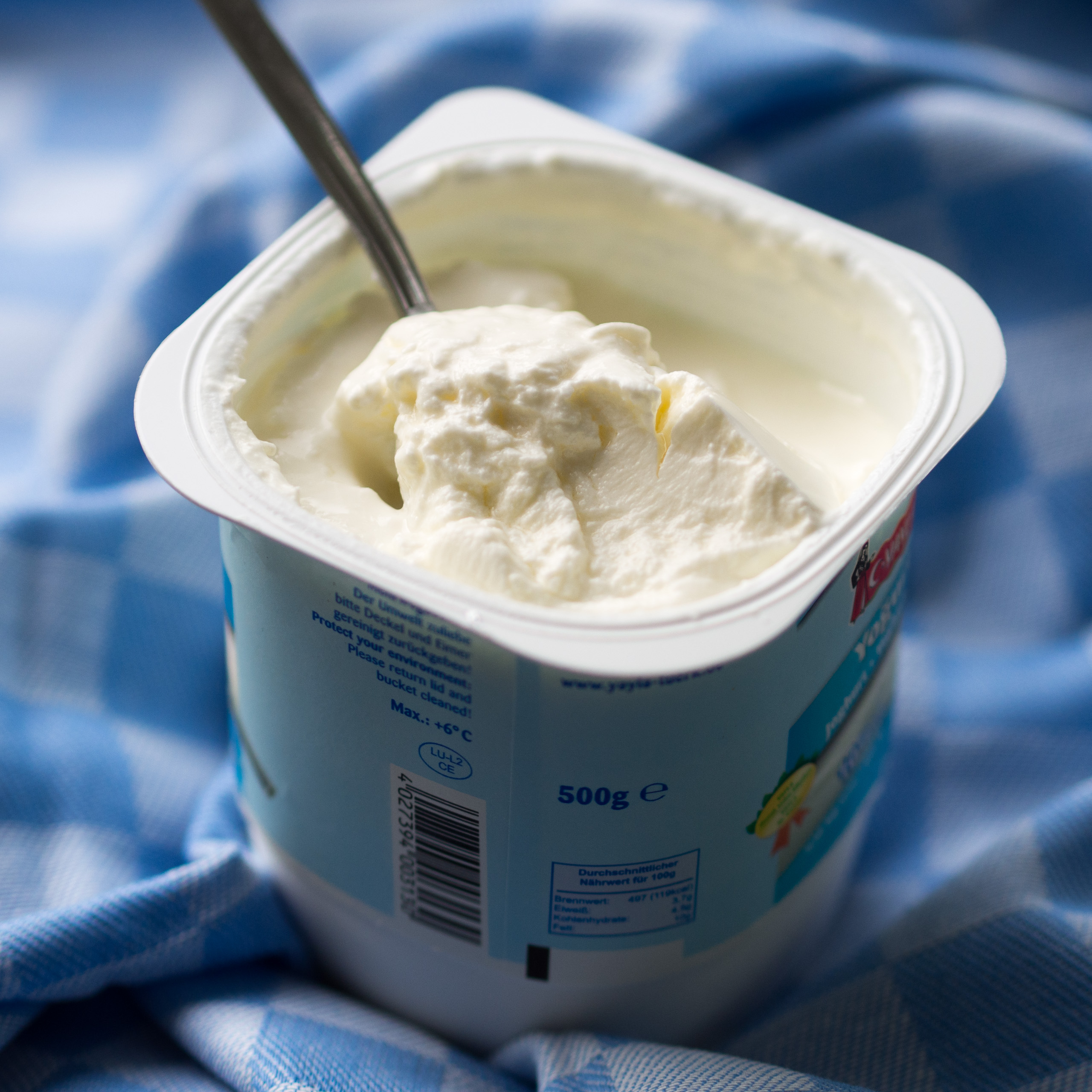|
Aushak
Aushak or ashak (Pashto/Persian: اَشَک) is an Afghan dish made of pasta dumplings filled with chives, with a (frequently meaty) tomato sauce, topped with yogurt and dried mint Mint or The Mint may refer to: Plants * Lamiaceae, the mint family ** ''Mentha'', the genus of plants commonly known as "mint" Coins and collectibles * Mint (facility), a facility for manufacturing coins * Mint condition, a state of like-new .... A time-consuming meal to prepare, it is usually served on holidays or at special gatherings. It is similar to mantu, which is also popular in Afghanistan. In contrast to aushak, mantu have a meat filling. References Afghan cuisine Tajik cuisine Turkmen cuisine Dumplings {{Turkmenistan-cuisine-stub ... [...More Info...] [...Related Items...] OR: [Wikipedia] [Google] [Baidu] |
Afghan Cuisine
Afghan cuisine is influenced by Persian, Central Asian and South Asian cuisines due to Afghanistan's close proximity and cultural ties. The cuisine is halal and mainly based on mutton, beef, poultry and fish with rice and Afghan bread. Accompanying these are common vegetables and dairy products, such as milk, yogurt, whey, and fresh and dried fruits such as apples, apricots, grapes, bananas, oranges, plums, pomegranates, sweet melons, and raisins. The diet of most Afghans revolves around rice-based dishes, while various forms of naan are consumed with most meals. Tea is generally consumed daily in large quantities, and is a major part of hospitality. The culinary specialties reflect the nation's ethnic and geographic diversity. The national dish of Afghanistan is '' Kabuli palaw'', a rice dish cooked with raisins, carrots, nuts, and lamb or beef. Background The cuisine of Afghanistan is ''halal'' and has elements from various places: for example, ''garam masala'' from India ... [...More Info...] [...Related Items...] OR: [Wikipedia] [Google] [Baidu] |
Pasta
Pasta (, ; ) is a type of food typically made from an Leavening agent, unleavened dough of wheat flour mixed with water or Eggs as food, eggs, and formed into sheets or other shapes, then cooked by boiling or baking. Pasta was originally only made with durum, although the definition has been expanded to include alternatives for a gluten-free diet, such as rice flour, or legumes such as beans or lentils. Pasta is believed to have developed independently in Italy in the Middle Ages, Italy and is a staple food of Italian cuisine, with evidence of Etruscan civilization, Etruscans making pasta as early as 400 BCE in Italy. Pastas are divided into two broad categories: dried () and fresh (Italian: ). Most dried pasta is produced commercially via an Food extrusion, extrusion process, although it can be produced at home. Fresh pasta is traditionally produced by hand, sometimes with the aid of simple machines.Hazan, Marcella (1992) ''Essentials of Classic Italian Cooking'', Knopf, F ... [...More Info...] [...Related Items...] OR: [Wikipedia] [Google] [Baidu] |
Chives
Chives, scientific name ''Allium schoenoprasum'', is a species of flowering plant in the family Amaryllidaceae. A perennial plant, ''A. schoenoprasum'' is widespread in nature across much of Eurasia and North America. It is the only species of ''Allium'' native to both the New and the Old Worlds. The leaves and flowers are edible. Chives are a commonly used herb and vegetable with a variety of culinary uses. They are also used to repel insects. Description Chives are a bulb-forming herbaceous perennial plant, growing to tall. The bulbs are slender, conical, long and broad, and grow in dense clusters from the roots. The scapes (or stems) are hollow and tubular, up to long and across, with a soft texture, although, prior to the emergence of a flower, they may appear stiffer than usual. The grass-like leaves, which are shorter than the scapes, are also hollow and tubular, or terete (round in cross-section). The flowers are pale purple, and star-shaped with si ... [...More Info...] [...Related Items...] OR: [Wikipedia] [Google] [Baidu] |
Tomato Sauce
Tomato sauce (; ; ) can refer to many different sauces made primarily from tomatoes. In some countries the term refers to a sauce to be served as part of a dish, in others it is a condiment. Tomatoes have a rich flavor, high water content, soft flesh which breaks down easily, and the right composition to thicken into a sauce when stewed, without the need for thickeners such as roux or masa. All of these qualities make them ideal for simple and appealing sauces. Tomato sauce typically has a thinner consistency than tomato paste and tomato purée,, however tomato sauces may use either as an ingredient. In dishes tomato sauces are common for meat and vegetables such as in stews, but they are perhaps best known as bases for Italian pasta or pizza dishes, or in Mexican Salsa (food), salsas. In countries such as the United Kingdom, India, Pakistan, Australia, New Zealand, and South Africa, the term ''tomato sauce'' is used to describe a condiment similar to what Americans call ket ... [...More Info...] [...Related Items...] OR: [Wikipedia] [Google] [Baidu] |
Yogurt
Yogurt (; , from , ; also spelled yoghurt, yogourt or yoghourt) is a food produced by bacterial Fermentation (food), fermentation of milk. Fermentation of sugars in the milk by these bacteria produces lactic acid, which acts on milk protein to give yogurt its texture (food), texture and characteristic tart flavor. Cow's milk is most commonly used to make yogurt. Milk from water buffalo, goats, sheep, ewes, mares, camels, and yaks is also used to produce yogurt. The milk used may be Milk#Creaming and homogenization, homogenized or not. It may be pasteurized or raw milk, raw. Each type of milk produces substantially different results. Yogurt is produced using a culture of Lactobacillus delbrueckii subsp. bulgaricus, ''Lactobacillus delbrueckii'' subsp. ''bulgaricus'' and ''Streptococcus thermophilus'' bacteria. Other Lactobacillus, lactobacilli and Bifidobacterium, bifidobacteria are sometimes added during or after culturing yogurt. Some countries require yogurt to contain a spec ... [...More Info...] [...Related Items...] OR: [Wikipedia] [Google] [Baidu] |
Mentha
''Mentha'', also known as mint (from Greek , Linear B ''mi-ta''), is a genus of flowering plants in the mint family, Lamiaceae. It is estimated that 13 to 24 species exist, but the exact distinction between species is unclear. Hybridization occurs naturally where some species' ranges overlap. Many hybrids and cultivars are known. The genus has a subcosmopolitan distribution, growing best in wet environments and moist soils. Description Mints are aromatic, almost exclusively perennial herbs. They have wide-spreading underground and overground stolons and erect, square, branched stems. Mints will grow tall and can spread over an indeterminate area. Due to their tendency to spread unchecked, some mints are considered invasive. The leaves are arranged in opposite pairs, from oblong to lanceolate, often downy, and with a serrated margin. Leaf colors range from dark green and gray-green to purple, blue, and sometimes pale yellow. The flowers are produced in long bracts ... [...More Info...] [...Related Items...] OR: [Wikipedia] [Google] [Baidu] |
Manti (food)
Manti is a type of dumpling mainly found in Turkish cuisine, Armenian cuisine and Central Asian cuisine but also in West Asia, South Caucasus, and the Balkans. Manti is also popular among Chinese Muslims, and it is consumed throughout post-Soviet countries, where the dish spread from the Central Asian republics.More Than Just Another Dumpling , The School of Russian and Asian Studies, retrieved 25 January 2014 The dumplings typically consist of a spiced meat mixture, usually lamb or , wrapped in a thin dough sheet which is then boiled or steamed. The size and shape of manti vary significantly depending on geographi ... [...More Info...] [...Related Items...] OR: [Wikipedia] [Google] [Baidu] |
Tajik Cuisine
Tajik cuisine is a traditional cuisine of Tajikistan, and has much in common with Iranian, Afghan, Russian, Chinese, and Uzbek cuisines. ''Palov'' or ''palav'' (pilaf) (), also called ''osh'' (), is the national dish in Tajikistan, as in other countries in the region. Green tea () is the national drink. Common foods and dishes Palav or osh, generically known as ''plov'' (pilaf), is a rice dish made with julienned carrot, and pieces of meat, all fried together in vegetable oil or mutton fat in a special cookware called ''deg'' (a wok-shaped cauldron) over an open flame. The meat is cubed before or after being cooked, the carrots can be yellow or orange, and the rice is colored yellow or orange by the frying carrots and the oil. The dish is eaten communally from a single large plate placed at the center of the table, often in with one's hands in the traditional way. Another traditional dish that is still eaten with hands from a communal plate is '' qurutob'' (), whose name ... [...More Info...] [...Related Items...] OR: [Wikipedia] [Google] [Baidu] |
Turkmen Cuisine
Turkmen cuisine, the cuisine of Turkmenistan, is similar to that of the rest of Central Asia. Turkmen Nomad, seminomadic culture revolved around animal husbandry, especially sheep herding, and accordingly Turkmen cuisine is noted for its focus on meat, particularly mutton and lamb. One source notes, The nomadic past has left a very noticeable trace in Turkmen cuisine - the basis of the diet is meat: lamb, meat of gazelles, non-working camels, wild fowl, chicken. Beef is consumed much less frequently because this food appeared on the table much later, Turkmens don't eat horse meat at all. Turkmen cuisine does not generally use spices or seasonings other than salt and black pepper, and is typically cooked with large amounts of widely available cottonseed oil. A description of Turkmen foods presented at an annual culinary festival included "...more than 15 kinds of soup, meat and fish delicacies, ruddy ichlekli (meat pies), appetizing gutaps with different fillings (pumpkin, spinac ... [...More Info...] [...Related Items...] OR: [Wikipedia] [Google] [Baidu] |








